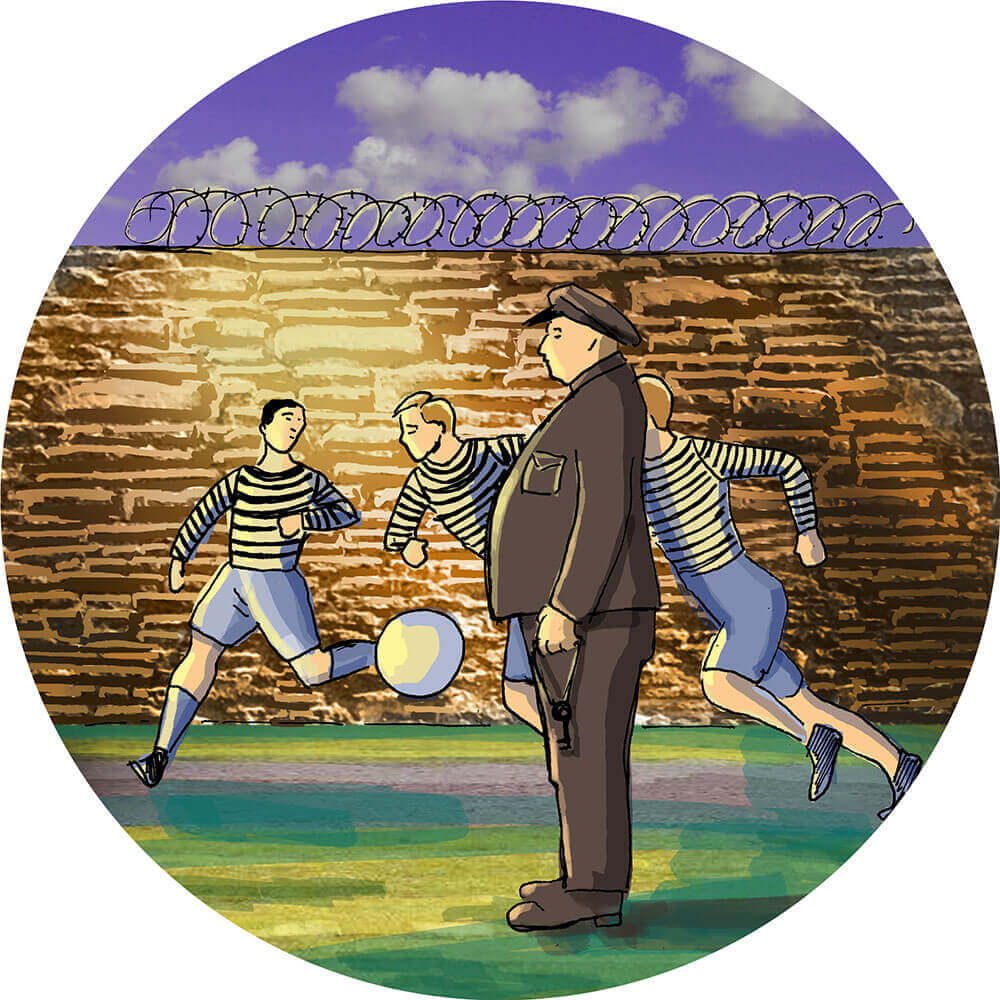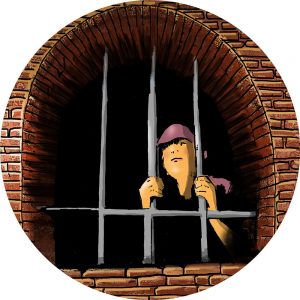The count’s military strongholds around town must have had dungeons available. For instance the Nieuwburg, where the reeve, the count’s representative, lived in the 16th century. The town hall itself also had a dungeon to lock people up. To await trial. Or for shorter penalties, being put on ‘bread and water’ for a few days. The option to lock people up as a penalty was not popular in the Middle Ages. Corporal punishment and exile were common. After 1532 we find some prison-cells in the old Kennemerpoort, close to the city-limits of that time. Another old reference to a jail, or at least a prison-cell, is to be found in early 17th century sources about King Willem’s house on the Pieterstraat. The original house was built as far back as 1254. The house was meant for the king’s steward. Later this became the house of the land agent who was to maintain order in the countryside. After 1572 the convents are standing empty, like the Oude Hof near the Grote Kerk. In 1613 this was turned into a house for discipline and edification. Not just for scoundrels but also for the insane and vagrants. Amsterdam set the example. The idea was a return to society after having served the sentence. Convicts were forced to work for that purpose. Making mops, for instance, was a typical form of forced labour in Alkmaar. The French period brought us the House of Arrest, House of Detention as we called it later, such as the one next to the law-court on the Geestersingel in 1894. By then corporal punishment had been abolished in 1854. In 1857 Alkmaar has a first: a prison for juvenile delinquents. The Rijks Opvoedings Gesticht, commonly known as the ROG, next to the Grote Kerk, perishes due to its success. Its pedagogical goals were progressive. But taking in too many clients, from all over the country, without enough staff, which was not properly trained either, was bound to lead to chaos. The town was quite relieved when the Minister of Justice decided to close down the state institution in 1922. The Rijks prison Schutterswei near the Hout was created in 1886 but has meanwhile been closed for some years and still awaits a new destination. Could the reason really be that are fewer villains these days?









